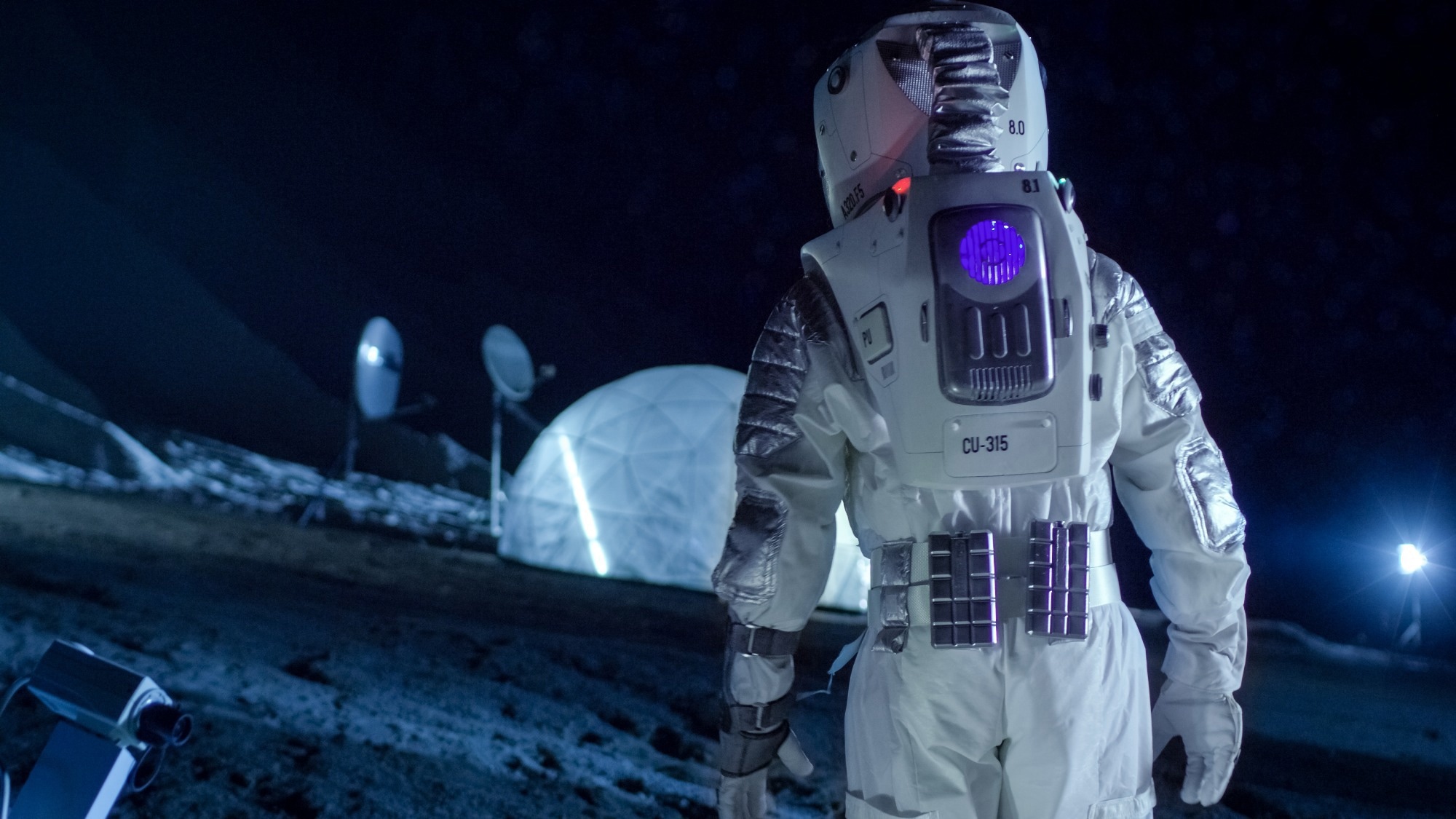In a recent study published in Scientific Reports, researchers evaluate changes in brain grey matter and ventricular volumes, extracellular free water distribution, and other parameters to understand the changes in brain morphology induced by spaceflight.

Study: Impacts of spaceflight experience on human brain structure. Image Credit: Gorodenkoff / Shutterstock.com
Background
Spaceflights are challenging, as they expose the body to various hazards such as microgravity and increased radiation, in addition to the mental stress of being socially isolated for long periods in a confined environment.
Recent studies have also reported that the upward shift imposed on the brain during spaceflight alters the morphology of the human brain by narrowing sulci and cortical crowding. This causes the grey matter volume to increase in the top portion of the brain and decrease near the base of the brain, accompanied by intracranial fluid displacement, including displacement of cerebrospinal fluid (CSF).
Space missions can vary in duration from two weeks to one year. Astronauts may also differ in their experience, with some being novices to others having completed multiple missions with substantial intervals between missions.
Previous studies have compared changes in parameters such as grey matter volume, white matter microstructure changes, and displacement of extracellular free water across short space shuttle missions and more extended International Space Station missions. However, the association between individual differences in prior spaceflight experience and brain morphology changes remains unclear.
About the study
In the present study, researchers used magnetic resonance imaging (MRI) data from 30 astronauts who differed significantly in spaceflight experience parameters, including mission duration ranging from two weeks to one year, previous experience ranging from no missions to three missions, and time elapsed since their last mission.
Whole-brain voxelwise analyses were conducted to elucidate the association between differences in spaceflight experience parameters across individuals and changes in grey matter volume, free water fractional volume, white matter microstructure corrected for free water, and ventricular volume.
The researchers hypothesized that the shifts in grey matter volume, ventricular expansion, and free water displacement would be greater in the case of longer missions, along with smaller changes in white matter microstructure. Smaller intervals between missions and greater experience with previous flight missions were also hypothesized to induce smaller changes in brain structure.
The changes in grey matter volume, free water fractional volume, free-water corrected indices for white matter diffusion, and ventricular volume were analyzed at the group level for changes pre- and post-flight. These analyses were adjusted according to sex, age at launch, duration of the mission, and the interval between the landing and the MRI scan post-flight. The changes in the brain structure parameters were also compared between experienced and novice crewmembers.
The researchers also elucidated whether the number of prior spaceflight missions was associated with changes in brain structure induced by spaceflight. The impact of time intervals between two spaceflight missions on changes in grey matter and ventricular volumes, white matter diffusion indices, and free-water fractional volume was also explored.
Study findings
Longer spaceflight missions were associated with a higher degree of expansion in the third and right lateral ventricles of the brain. These changes also occurred in the first six months of being in space and subsequently plateaued for longer missions, as demonstrated by the similar extent of expansion exhibited by astronauts who were on six-month and one-year missions. Importantly, these results are based on a small sample size; therefore, further research is needed to understand patterns of ventricle expansion.
The free water fractional volume increased along the right lateral ventricle edges in novice astronauts after spaceflight, while in those who had been on two or more missions, it was seen to decrease in the same region. This suggests that in astronauts who have undergone ventricular expansion during previous missions and have had a slow recovery after spaceflight, the ventricular expansion and reabsorption of CSF after missions are significantly reduced. Thus, multiple spaceflight missions and repeated readjustments and adaptation to gravity changes cause significant changes to free water fractional volume.
Crewmembers who had less than three-year-long intervals between missions exhibited no ventricular expansion following the subsequent mission, while those who had a recovery period longer than three years between missions showed ventricular expansion after the subsequent mission. These findings indicate that an interval lower than three years was not sufficient for ventricular recovery.
Conclusions
Longer spaceflight mission durations resulted in greater expansion of the third and right lateral ventricles; however, these changes appeared to plateau after six months during longer missions. Furthermore, inter-mission intervals shorter than three years were insufficient for ventricular recovery.
Astronauts who had been on more than two spaceflights exhibited larger reductions in free-water fractional volume than novice astronauts. Taken together, the current study highlights the need for guidelines for future missions to safeguard the brain during longer and successive spaceflight missions.
Journal reference:
- McGregor, H. R., Hupfeld, K. E., Pasternak, O., et al. (2023). Impacts of spaceflight experience on human brain structure. Scientific Reports 13(1);7878. doi:10.1038/s41598023333318